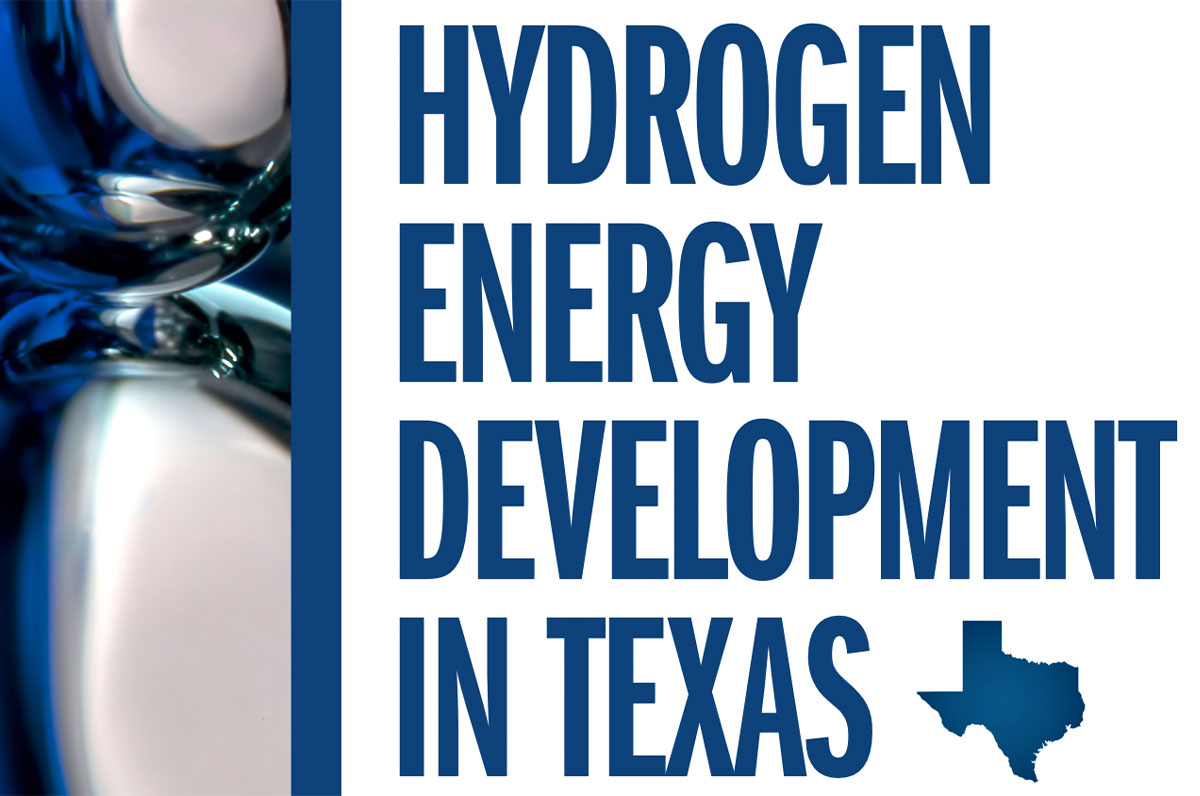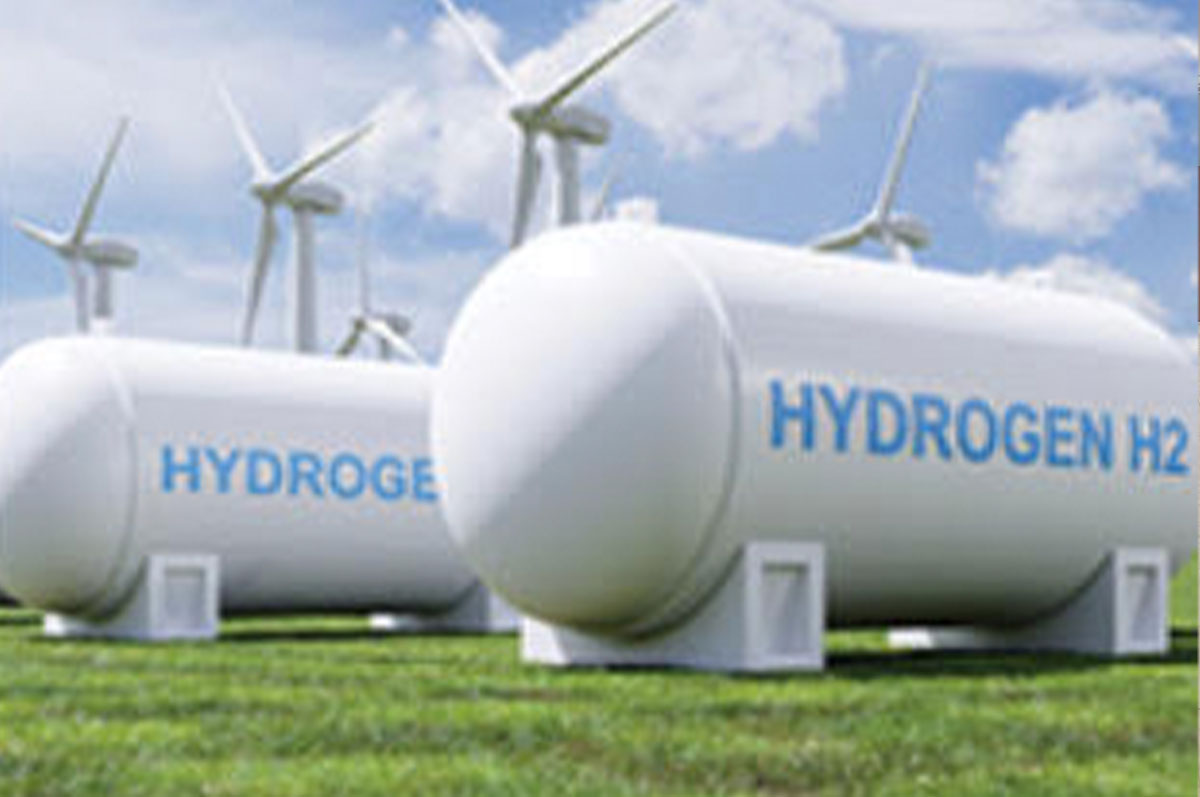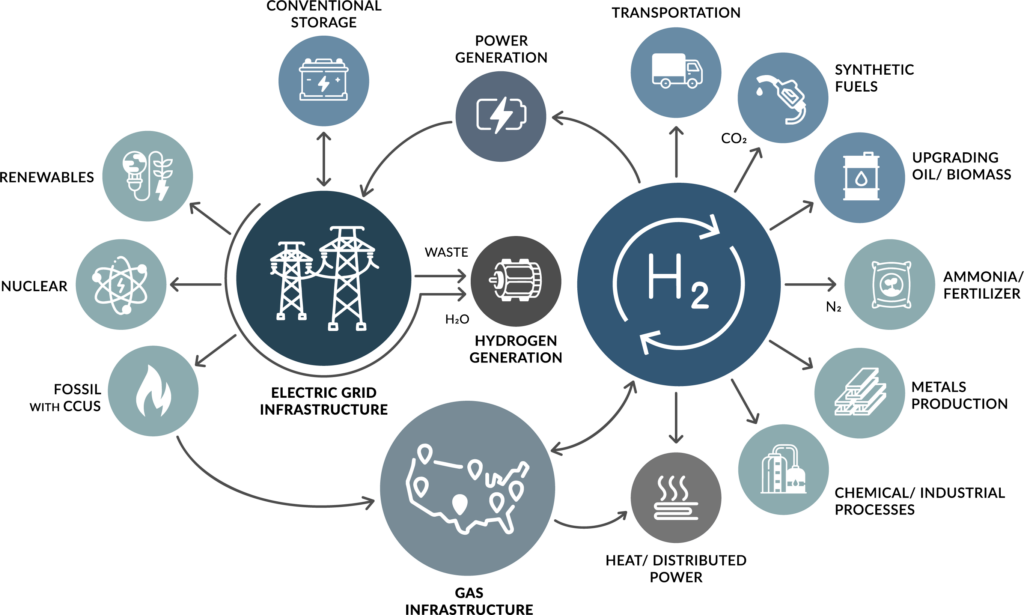Hydrogen-Fuel Cell 101
A comprehensive introduction to hydrogen as a clean energy source, covering its properties, production methods, and potential applications.
Hydrogen, the lightest element with the chemical symbol H, is a colorless, odorless, and tasteless gas that makes up a significant portion of the universe’s matter. It can be produced through various methods, including steam reforming of natural gas and electrolysis of water. Hydrogen has a wide range of applications, from being an essential element in industrial processes like refining petroleum and producing chemicals, to serving as rocket fuel and generating electricity through fuel cells. The different colors associated with hydrogen production methods reflect its environmental impact, with green hydrogen derived from renewable energy sources and blue from natural gas with carbon capture. This versatile element holds promise for clean energy solutions across various sectors.
To learn more, visit any of these useful links.
FAQs
Hydrogen is the chemical element with the symbol H. It is the lightest element. At standard conditions, hydrogen is a gas known as H2. It is colorless, odorless, and tasteless, non-toxic, and combustible. Hydrogen is the most abundant chemical substance in the universe making up roughly 75% of all normal matter.
Hydrogen can be created a number of ways including steam reforming of natural gas, oil reforming or coal gasification. Hydrogen can be produced by electrolysis of water.
Hydrogen is used in many industrial processes like refining petroleum, treating metals, producing fertilizer and other chemicals and processing foods. Hydrogen is also used as rocket fuel, in fuel cells for electricity generation and powering vehicles. Hydrogen is being explored as a supplement or replacement to natural gas for power generation.
Hydrogen infrastructure delivers the product from where it is produced to the end use. Hydrogen infrastructure includes pipelines, liquefaction plants, trucks, storage facilities, compressors and dispensers. Large amounts of hydrogen must be pressurized and delivered as a compressed gas or liquefied.
For a colorless gas, Hydrogen has many colors. Most often identified by the type of production. Here are the most common colors:
Green: Produced by Clean electricity from surplus renewable energy sources like solar or wind power
Blue: Produced mainly from natural gas using steam reforming with carbon capture and storage (CCS)
Grey: Produced from natural gas or methan using steam methane reformation but without CCS
Black or Brown: Produced from black coal or lignite (brown coal)
Yellow: Produced through electrolysis using solar power
Turquoise: Produced by methane pyrolysis or
Pink: Produced through electrolysis powered by nuclear power; can sometimes be referred to a Red or Purple
White: Naturally occurring geological hydrogen found in underground deposits or created by fracking





